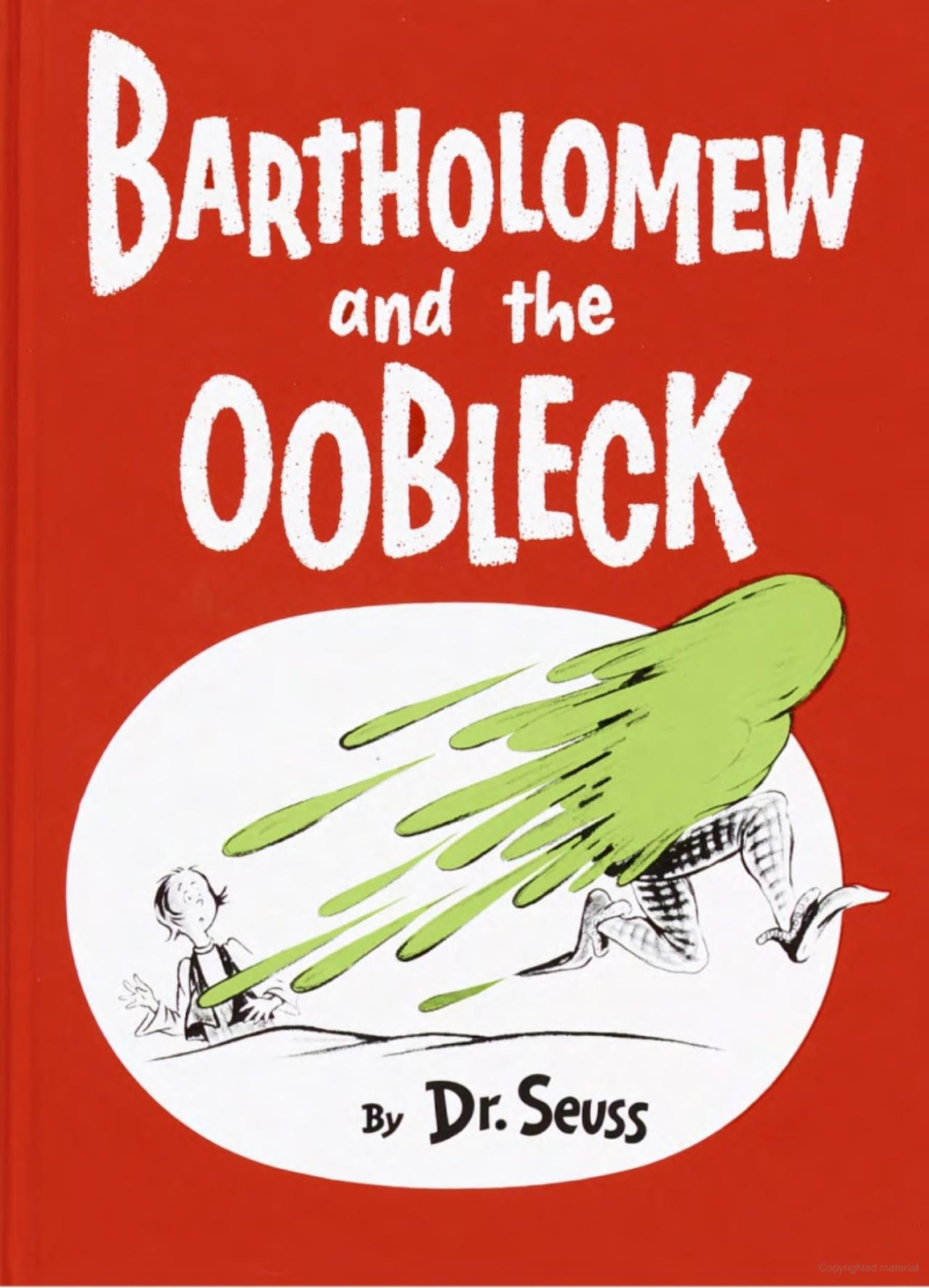Hello my friends of the Omschool, teacher Omi (grama) here with free Dr. Seuss Day lesson plans, activities, crafts and printables. The Cat in the Hat doffs his cap on March 2, to honor the birthday of his creator Dr. Seuss (Ted Geisel). To celebrate things Seuss, the NEA (National Education Association) hosts "Read Across America" on March 2, to kick off March as National Reading Month. You can explore Dr. Seuss and reading in preschool learning centers with these Dr. Seuss activities, perfect for homeschool as well.
Reading learning center. Dr. Seuss is right at home in the book or library learning center. Fill your book corner with Seuss books. Scatter some comfy pillows and Dr. Seuss character toys (Cat in the Hat, Lorax, Grinch etc). Emergent readers will love the pictures. Visit Seussville for book lists and ideas. Throw a Seuss story party. Details to follow.
Dr. Seuss activities for the art center. Display Seuss books: The Cat in the Hat Comes Back, Bartholomew and the Oobleck and How the Grinch Stole Christmas. Each day of Read Across America week, create Seuss inspired artwork. Paint Seuss creatures at easels with brightly colored and neon paints. Model creatures in modeling clay or playdough. Create sculptures by poking recycled materials in Styrofoam blocks.
To teach Dr. Seuss at the Collage center, make Seuss toys from "How the Grinch Stole Christmas." Put out oddly shaped cardboard containers, egg cartons, aluminum foil and cans, plastic containers and colored fabric scraps. Students can design their own version of toys from Whoville
Jing Tingler
Flu Flooper
Tar Tinkers
Who Hoover
Who Carnio Flunx
To teach Dr. Seuss in the Music Center, make homemade musical instruments. Create noise makers like the Grinch's hated
Gar Ginkers
Trum Tupers
Slu Slumkers
Blum Bloopers
Who Wompers
Zu Zitter Carzays.
Encourage students to give their musical instruments silly Seuss-ish names.
To teach Dr. Seuss in Dramatic Play or Dress Up center, have students make masks of Seuss characters: Thidwick the Big-Hearted Moose
Horton the elephant
Yertle the Turtle
Maisie the bird
the Wickersham monkeys
Kangaroo and her joey
Have children create their own Seuss creatures. Have a Dr. Seuss parade like the one in his first book "And to Think I Saw It On Mulberry Street." Dress in homemade Seuss costumes, play musical instruments and show off homemade toys.
To teach Dr. Seuss science center, use the Lorax. The Lorax deals with environmentalism. Set up an experiment on decomposition and pollution. Place different pieces of trash in zippered bags with a little water. Monitor them over time to show students how slowly trash decomposes. Here are more free printable Lorax science lesson plans.
Students could also tend "trufulla seeds" (use any flower seeds, sunflower, cosmos or daisy).
Make Oobleck mixing liquid laundry starch and white school glue. Here are more free printable recipes for Oobleck, moon sand, noise putty, etc. Use for early chemisty lesson plans.
To teach a Dr. Seuss practical life area, use "The Cat in the Hat", "Green Eggs and Ham" and "Horton Hears a Who." These books deal with caring for others, preparing food and house cleaning. Do a Cat in the Hat tidy up relay race. Cook green eggs and ham. Care for an insect or goldfish. Use these free printable Dr. Seuss activities in your lesson plans, too


